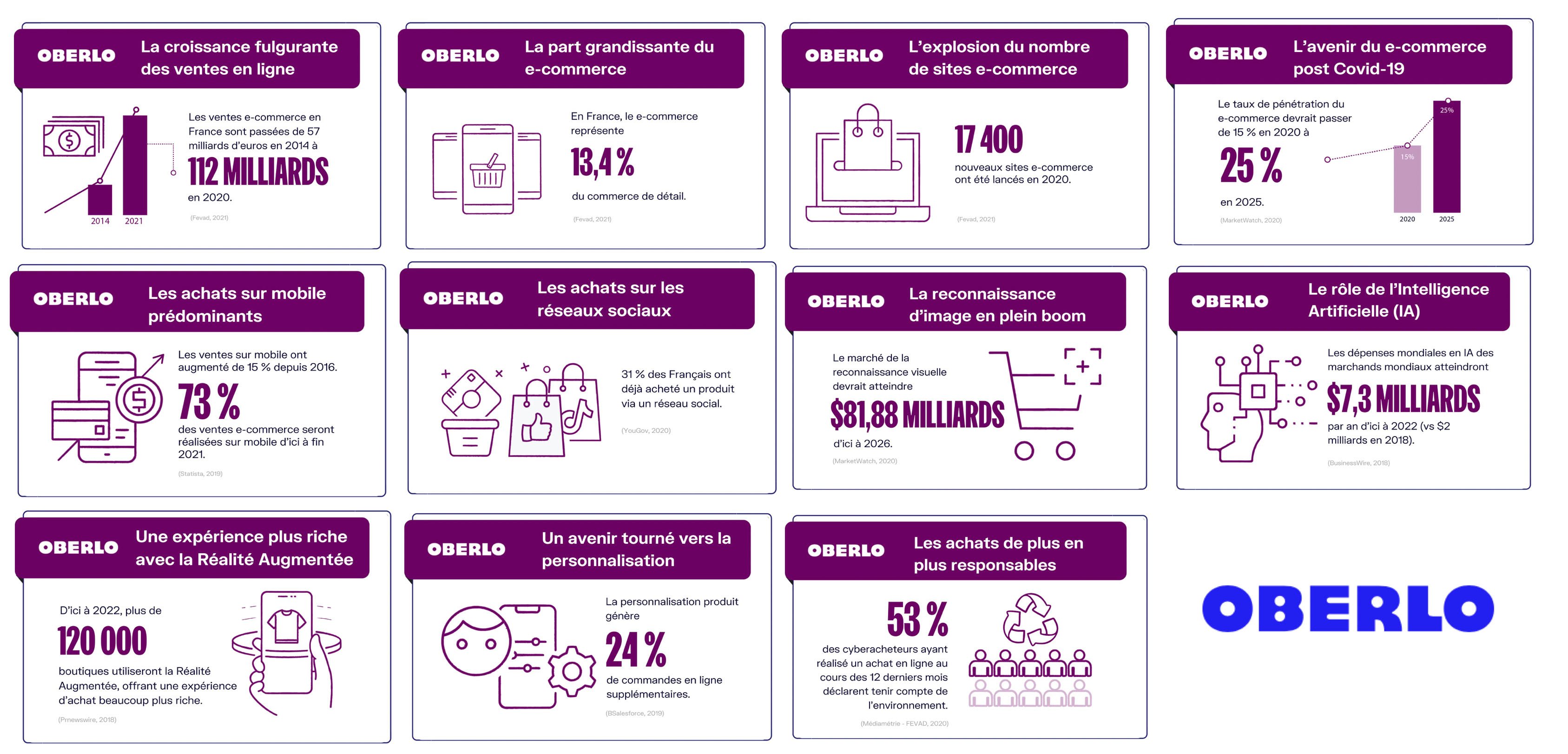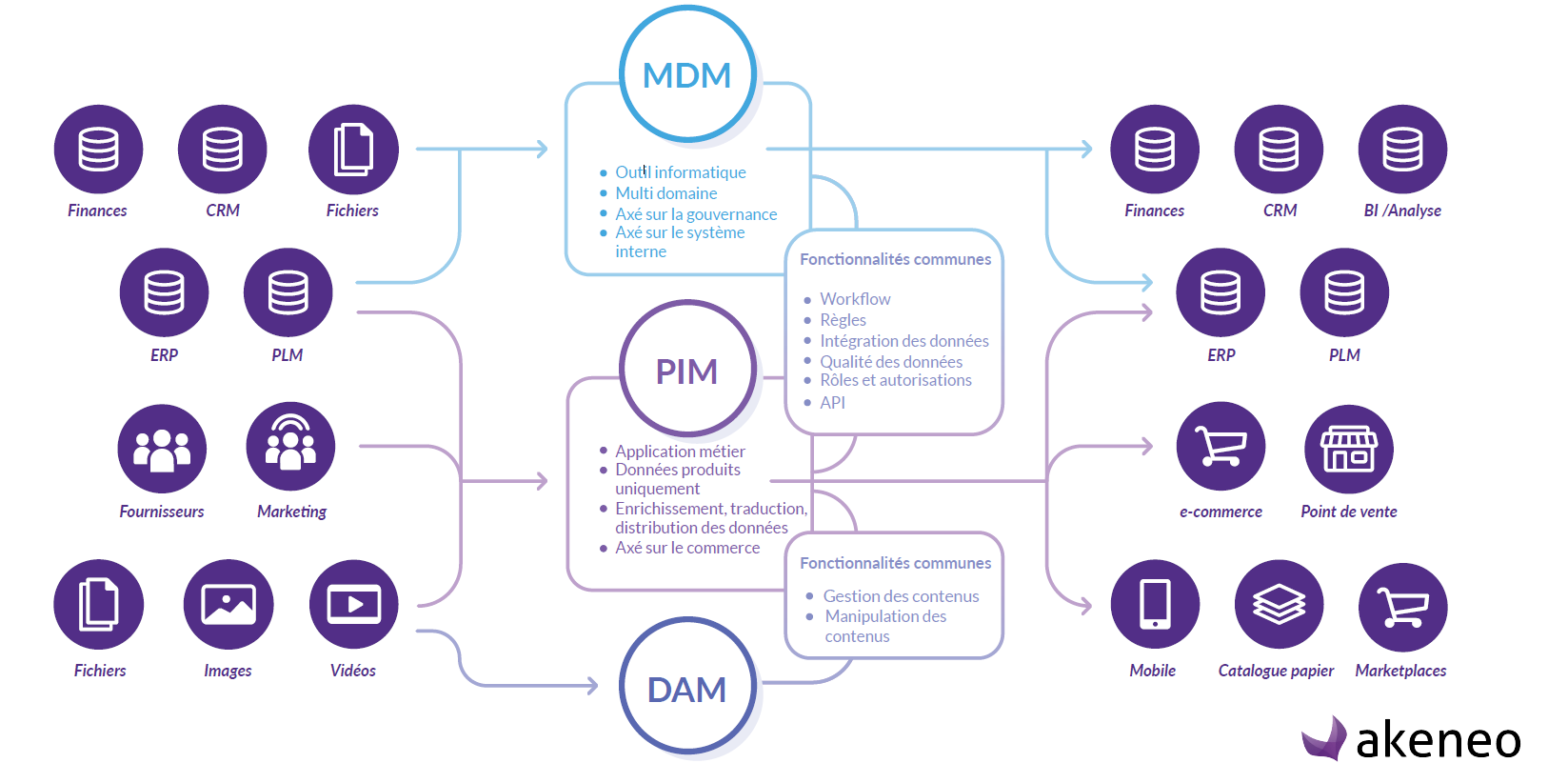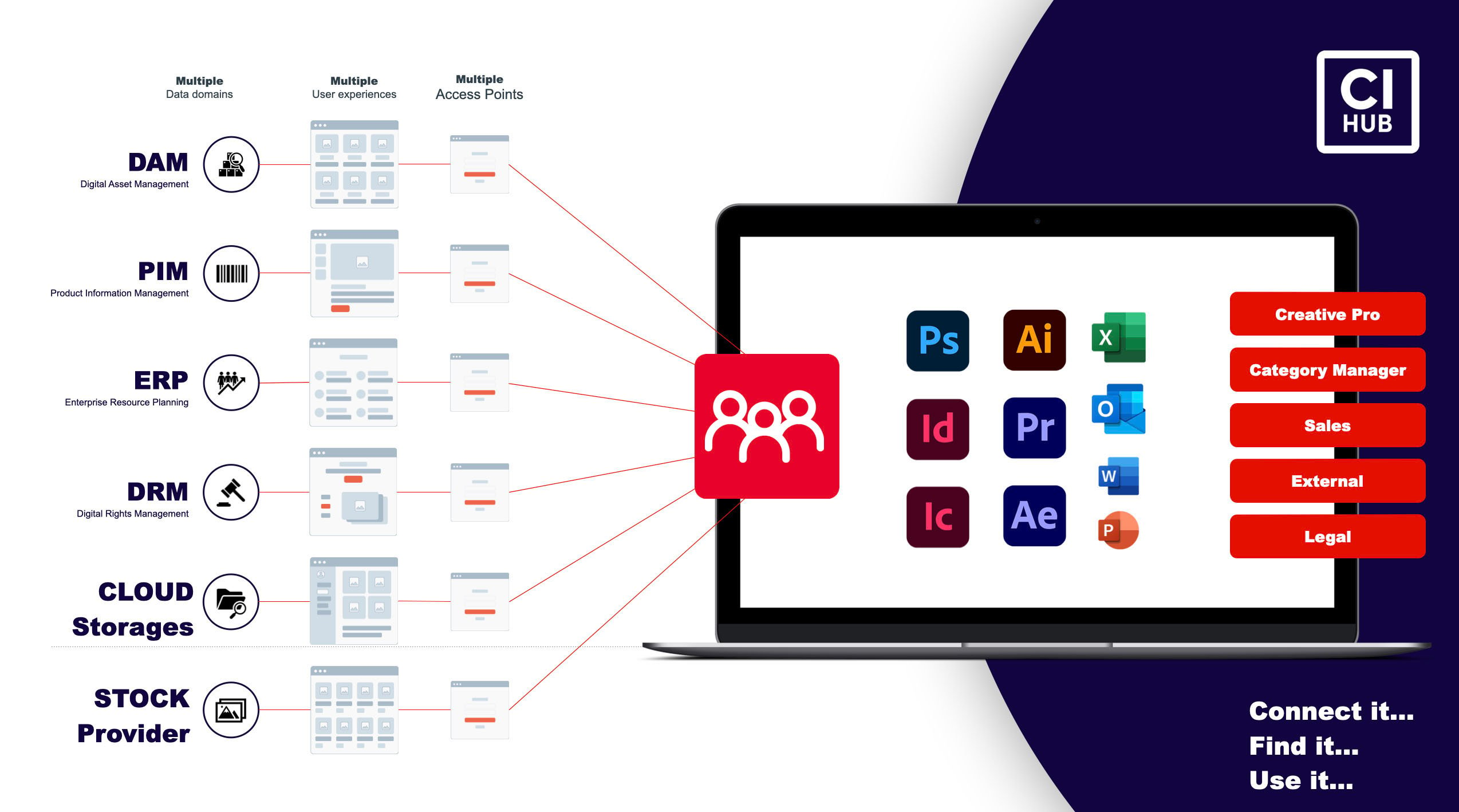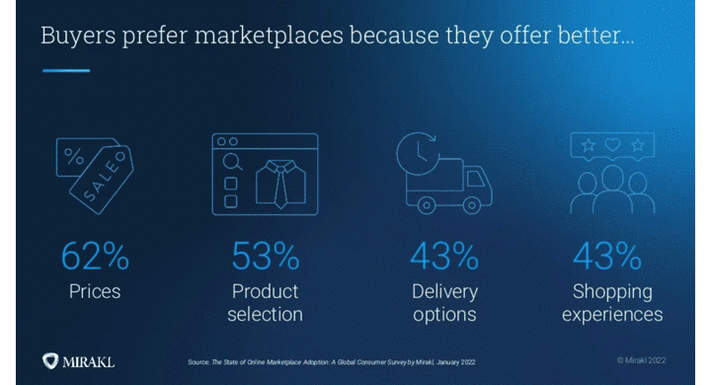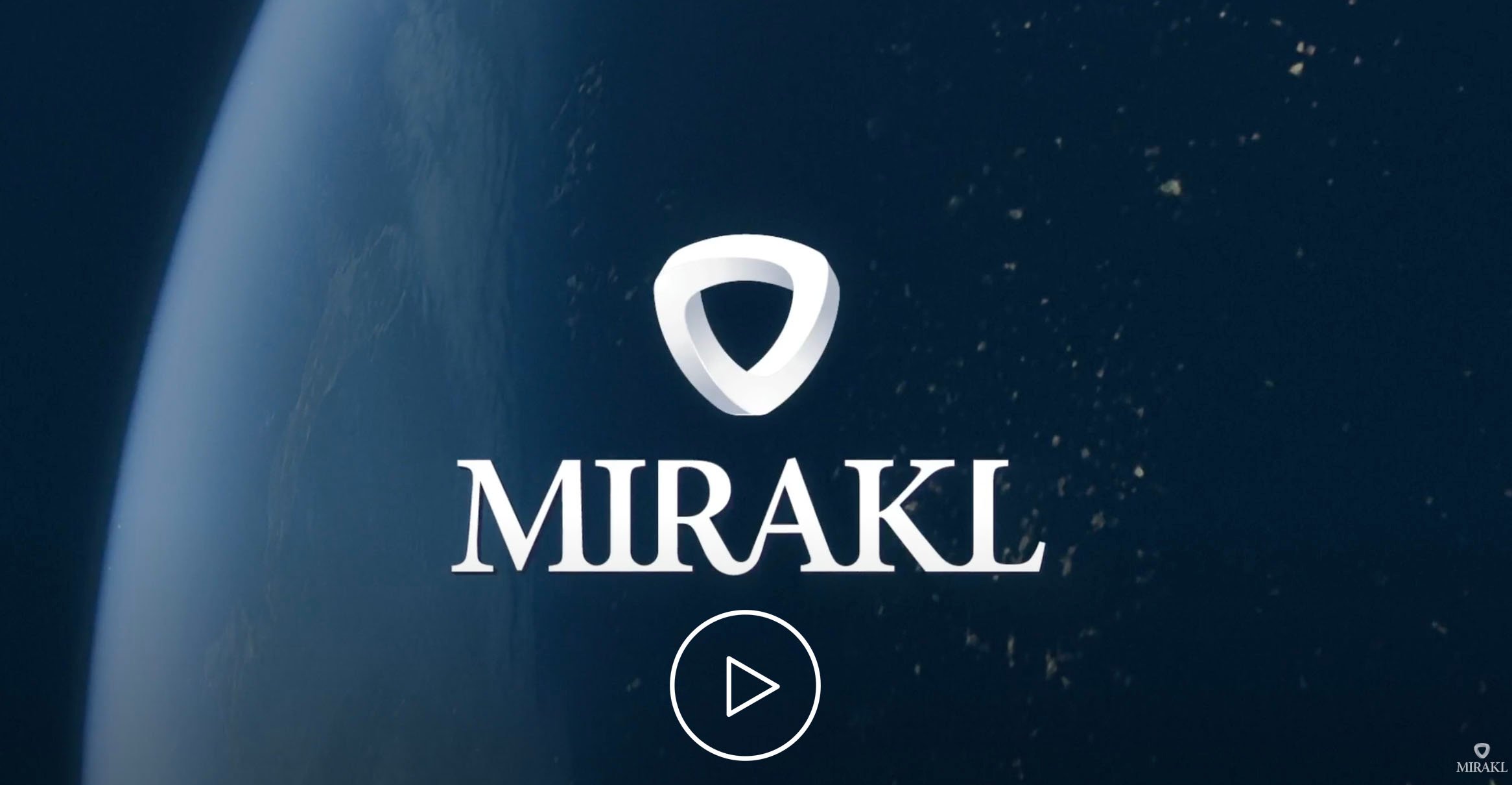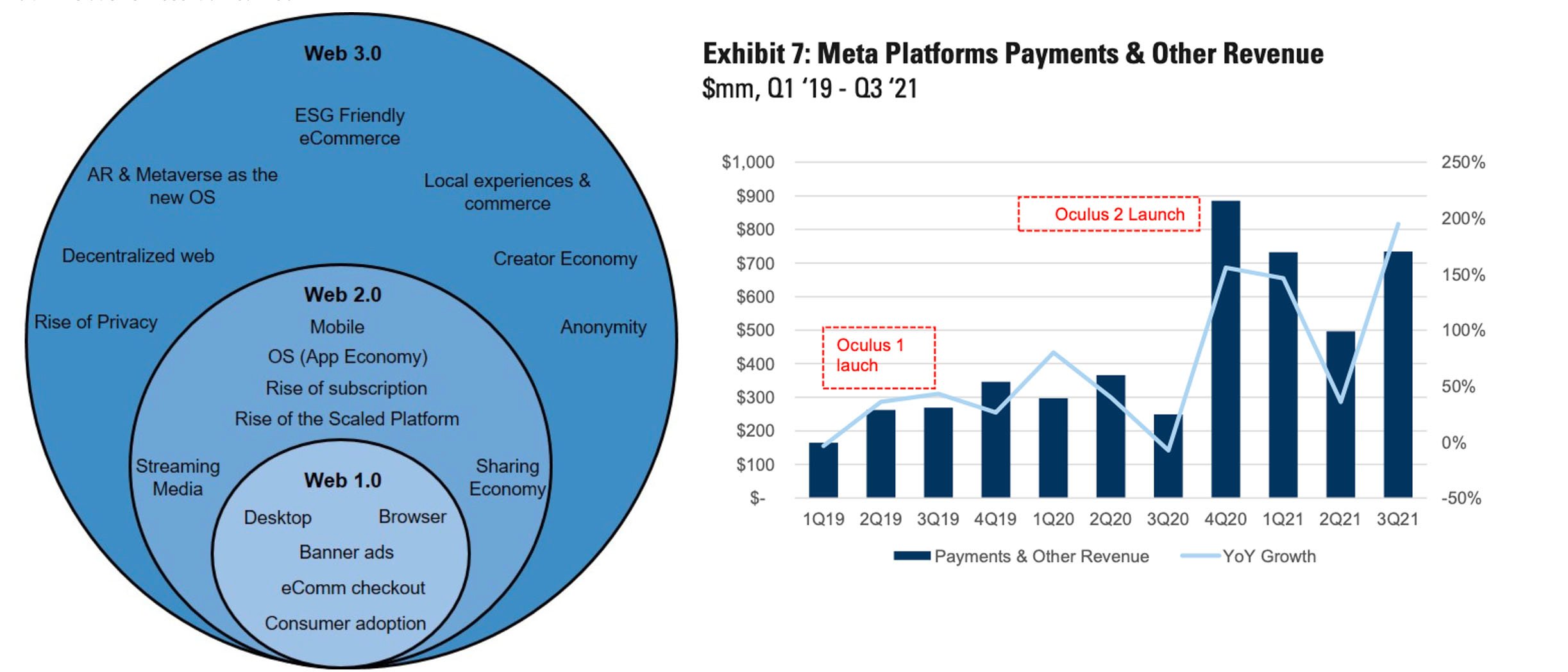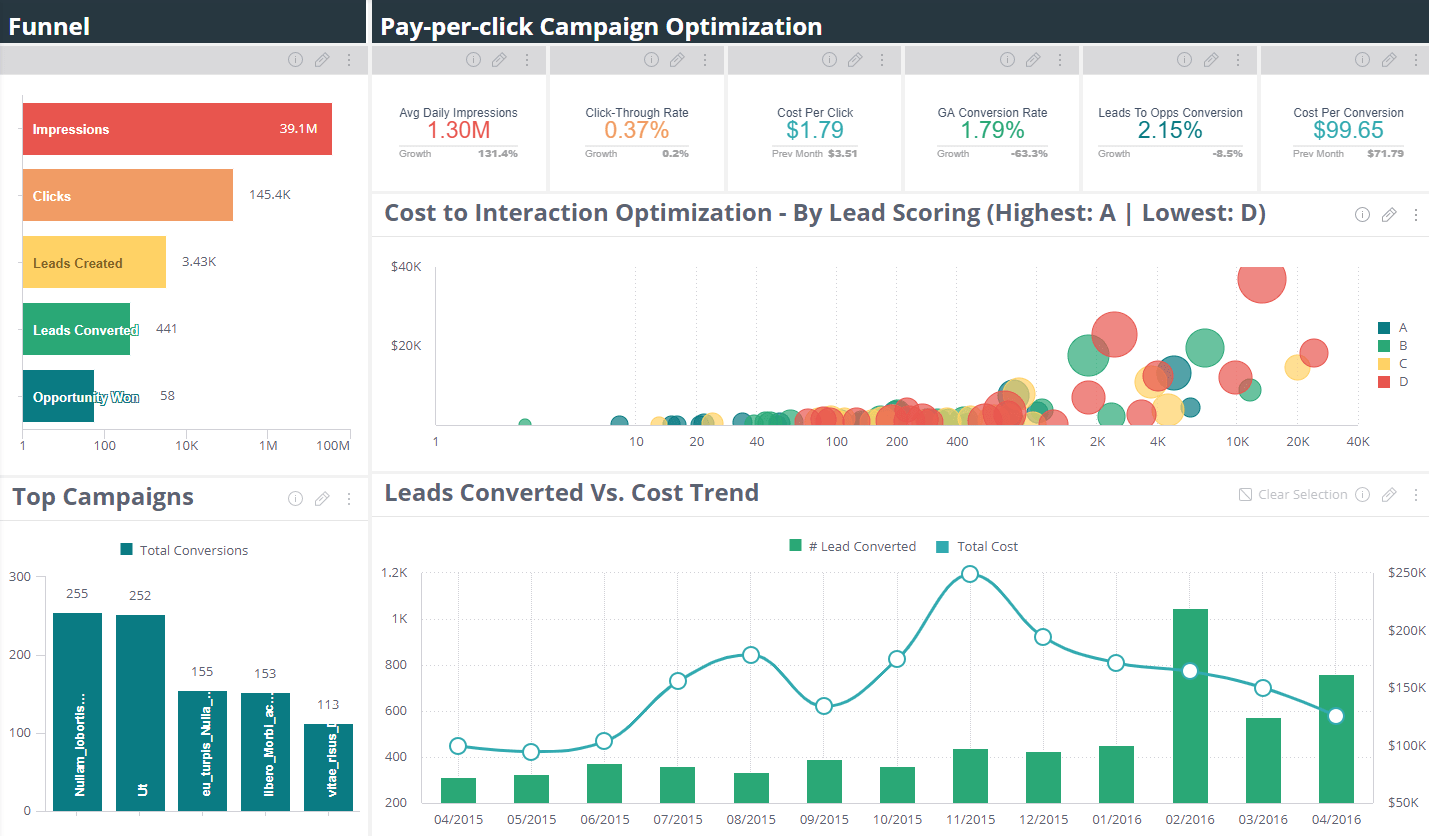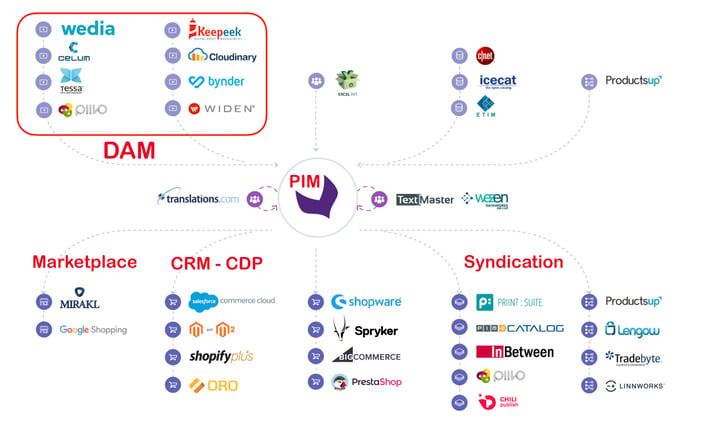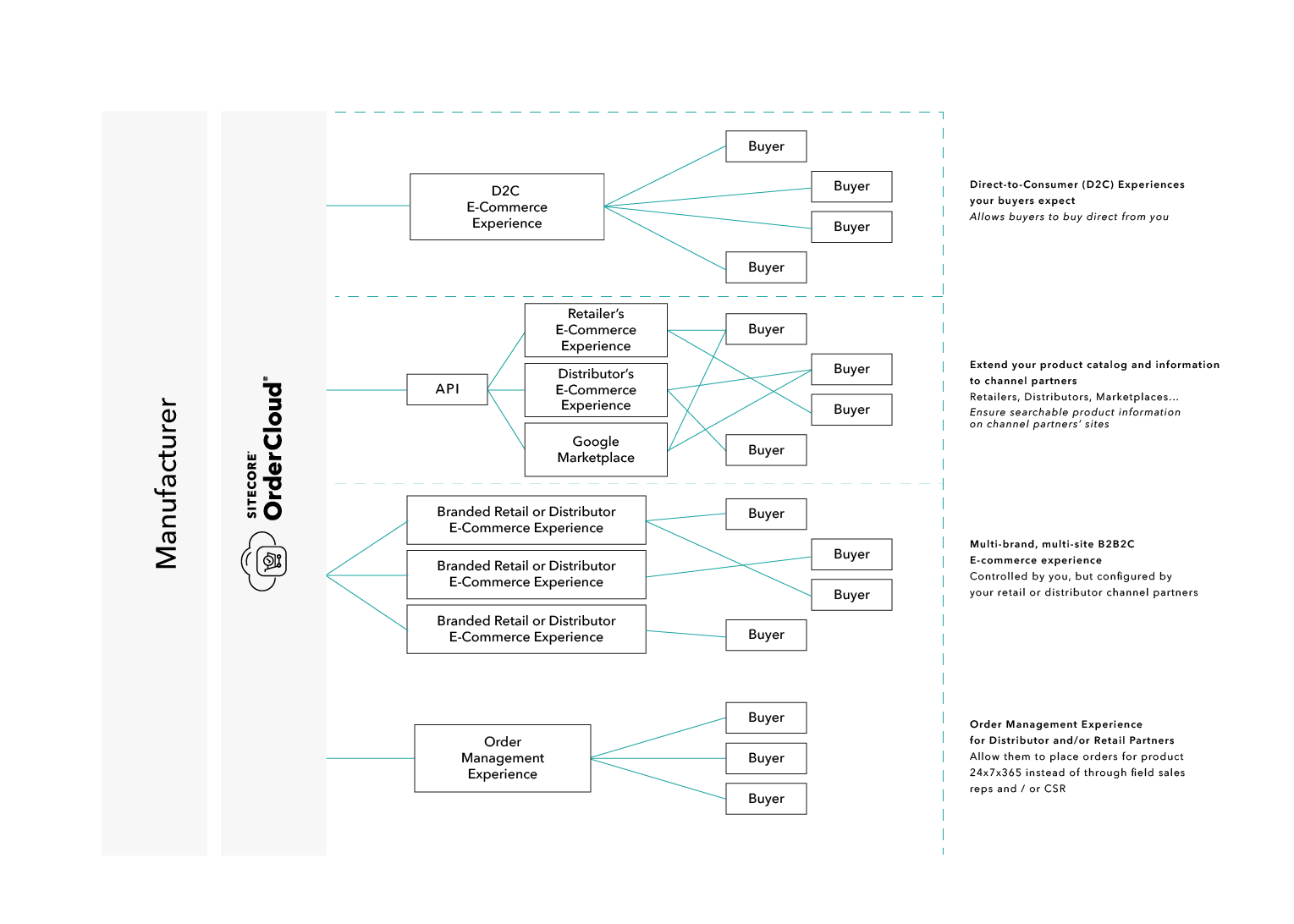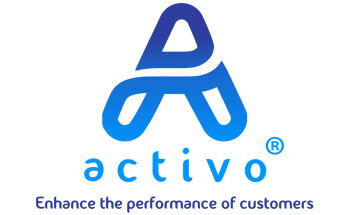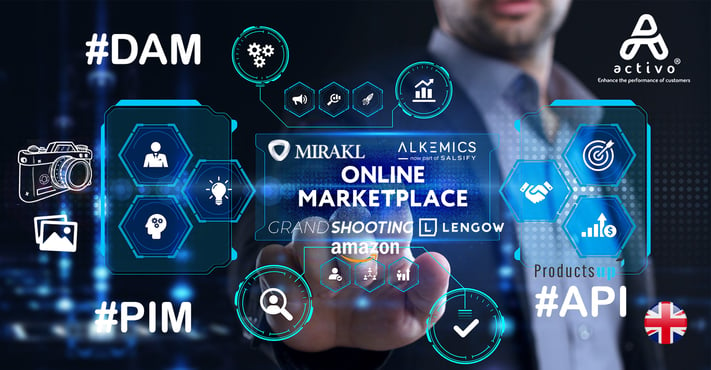
Under the threat of the pandemic, the last two years have definitely accelerated the digital ecosystem of companies, whatever their activity. Whether you are an advertiser, a brand or a retailer, all decision makers have had to rethink their content management in order to meet the new demands of their customers for a more disruptive experience and more engagement.
In this target architecture, how can you be sure to have the right data at the right time, to have the right image with the right rights while personalizing them with regard to the distribution channel ?
DAM's solutions are the foundation for any business that wants to unite all of its rich media in a powerful way. A modern DAM solution has to be connected beyond the user experience. This can go through the provision of "content picker - API" or even better, dedicated connectors (PIM / CMS / CRM / Customer Applications). In this context, the future of DAM is certainly in a "Headless" approach and optimized integration as an engine of information systems for the media (Multi CDNs - image optimization).
If more than 90% of solutions today are "cloud" oriented, the provision of very high definition image content (photo studio Tiff or Raw) is often a pitfall for certain brands, forcing the implementation of hybrid architectures even on premise. In recent years, new players have entered the market such as "Grand Shooting" in order to efficiently manage the content creation and its distribution with a set of services (AI, image services, micro services, connectors) allowing the aggregation of contents of photos studios or service providers. These new solution architectures are changing to better serve the management of customer data, which is the real challenge for brands and retailers.
Marketplace
There remains one last challenge for any brand: to ensure the distribution of their products on e-commerce platforms or marketplaces. According to Mirakl's Enterprise Marketplace Index of 2021, marketplaces have grown twice as much as the traditional e-commerce. Find their latest study in this excellent report:
The State of Online Marketplace Adoption.
Nous vous conseillons cette interview de Philippe Corrot, PDG et co-fondateur de Mirakl qui s'est notamment penché sur le succès des marketplaces et leur nécessité pour tous les distributeurs. Les achats sont avant tout motivés par la facilité d’usage et la recherche de qualité, ce qui est l'ADN des marketplaces.
The customer experience is increasingly becoming a mix between online and physical. Beyond "click & collect", e-commerce giant Amazon opens a clothing store in Los Angeles where customers choose models on an application full of algorithms to find them moments later in a fitting room .
The multiplicity of channels has a direct impact on consumer behavior and brand loyalty. The first buyers are sometimes also the last. It is therefore important to understand and be able to follow the customer journey. This is how new "middleware" such as CDPs (Customer Data Platform) have emerged in order to be able to follow and understand customer engagement between CRM, marketing automation and syndication. This is also where artificial intelligence services can help in analyzing data and tracking user actions.
Delivering personalized experiences while protecting sensitive information associated with contacts in their database is an urgent priority for most marketers long before European Union data privacy law came into effect.
PIM and PXM
To manage product data, PIM systems have become essential for managing data streams, whatever the sources. The PIM is not a DAM and must be intelligently connected. It then allows to:
- Enrich product information
- Aggregate all company data, data stream
- Share your products via a content store
- Syndicate on multiple channels
- Define KPI dashboards to control your data
DAM and Metaverse
This experience will be enriched through the metaverses that have always existed and which have been brought back to light with the Facebook project in 2021. The metaverse is not only a virtual reality game space, it will integrate augmented reality into the 'experience. Augmented reality will be accessible through special glasses that the metaversian can wear at any time. How are we going to monetize all this? Find the issues in the ProductSup blog post. Not to mention NFTs (non-fungible tokens) which offer endless possibilities for transactions online or not, or in metaverse environments.
These universes will lead to certain changes in the target solution architectures for all customers. Web 3.0 itself is making its mark on aggregating all these technologies and making them available at your fingertips on your smartphone, as shown in this excellent report by Goldman Sachs "Framing the Future of Web 3.0". Microsoft's acquisition of Activision this week is further evidence in the growth of gaming platforms as well as the ultimate customer experience between In-App Purchase and immersive technology.
Customers play with the brand, co-construct universes, places and interact with their friend avatars. Brands have the opportunity to enrich the e-commerce shopping experience (Valérie Piotte: "We need to invent a new virtual commerce")..
DAM solutions must be at the heart of customer engagement. DAM is an engine for assets and metadata but also for innovative integration into the customer ecosystem. Some talk about DAM 3.0...it doesn't matter, but solution publishers must continue to innovate and work in smart partnerships. A successful customer experience is not built by aligning features but by understanding the business needs of customers.
An innovative DAM solution in 2022
- Strong engine to manage all types of rich content in very high definition (TIFF, EPS, JPG, GIF, SVG, PNG, RAW, multi-page PDF, PDF Packaging, Office Document, 4K Video, Adobe CC files, Advanced color management.. .)
- Engine for metadata, IPTC / XMP / Custom, Thesaurus, Taxonomy, Facets, read write.
- Ultimate User Experience - Mobile App,
- DAM Headless or Back Office leaving administration and customization of the system,
- A system at the heart of the CRM / CDP / PIM / CMS business ecosystem, advanced content picker, dedicated connector
- "Intelligent" AI allowing you to control your vocabulary and connect it to your thesaurus, for example. AI also to understand the customer journey...
- Security to build a flawless repository and protect the brand.
- Management of business workflow in BPM mode (Business Process Mapping) in order to validate the content between the different stakeholders of a project.
- Advanced KPIs going beyond traditional usage statistics but capable of measuring content performance.
Below we find a modern approach where the DAM is the heart of the customer experience connected with PIM / CRM / CMS and Marketplaces.
The most important thing is, as we have said: Being as close as possible to the expression of customer needs, at the service of trades, business and customer commitment with the best ROI. In 2022 the market is rich in solutions between pure players and all in one solutions like Adobe or Sitecore. At these big publishers we find pure DAM Headless players like Cloudinary, Scaleflex.
The emergence of the MACH architecture
The acronym MACH stands for microservices, API, cloud-native and headless. MACH-compliant technologies follow a composable or pluggable model. They act like lego blocks that can be put together to provide a multitude of features and capabilities. We advise you to read the excellent CMSWIRE post.
A number of large accounts are adopting AEM / SalesForce / Adobe Commerce or Sitecore / SalesForce (DAM / MRM / CDP / XP / CRM ) enterprise platforms to meet their factory-to-site problem in order to follow the customer journey and the personalize. These two large software vendors are also increasingly involved in the "buyer journey" and marketplaces.
So Sitecore just launched its MACH architecture which enables manufacturers to adopt new go-to-market strategies without changing platforms or adding additional platforms to their technology stack.
An organization has even been created, the MACH Alliance, to bring together publishers of certified solutions and certain ambassadors. A conference is taking place on June 28th and 29th around these subjects.
MACH Architecture
During OnDAM Paris 2021 we have interviewed DAM vendors, that you can find here :
Do not miss the full replay of the conférence 100% DAM :
Solution vendors need to build their Cloud/SaaS applications in an open and pluggable way or they will lose a huge opportunity to thrive in an ecosystem that is sure to grow in the coming years.
Let's contact us to launch your project, audit, business requirements gathering, benchmark in your ecosystem and start 2022 following a disruptive and innovative approach.


